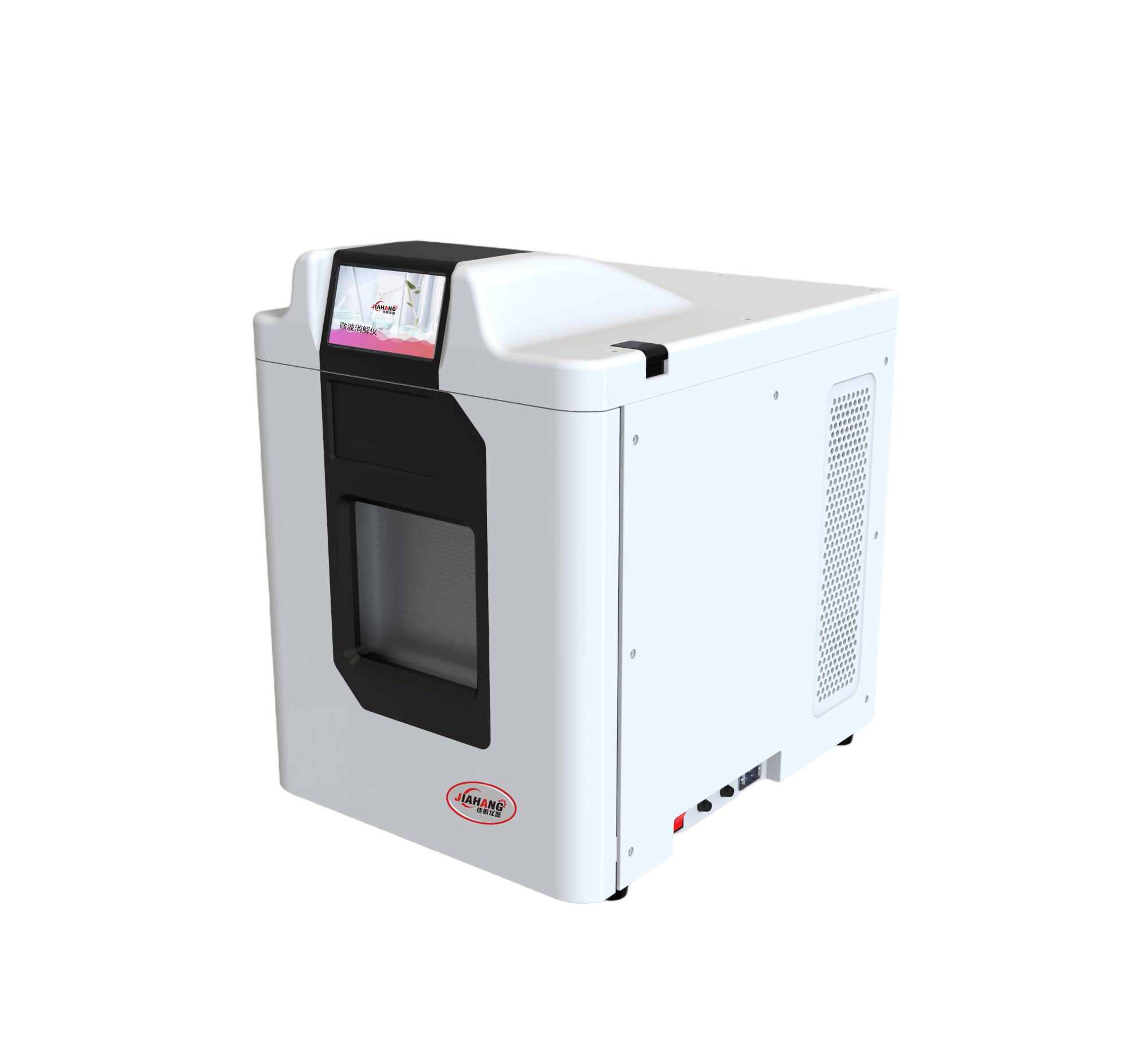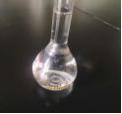June 11, 2025
Tag:
1. Preface
OLED materials, also known as organic light-emitting semiconductor materials. Generally speaking, OLED can be classified into two types based on the light-emitting materials: small molecule OLED and high molecule OLED. To detect various metal elements in OLED materials, a fully automatic intelligent microwave digestion instrument is adopted for pretreatment. This method features rapid digestion, low acid consumption, and minimal acid mist pollution, which is conducive to the accurate and rapid determination of trace elements in the subsequent process.
2. Instruments and reagents
2.1 Instruments
Digipol-MWD60 fully automatic intelligent microwave digestion instrument, acid remover, analytical balance (one part per 100,000), etc.

2.2 Reagents
Nitric acid (68%), hydrochloric acid (38%), hydrofluoric acid (40%
3. Experimental Methods
3.1 Sample Preparation
Thoroughly mix and crush the materials to be tested to ensure the uniformity of sampling.
3.2 Microwave digestion of samples
The main components of OLED materials are high-molecular polymers, which have a relatively compact structure and slow reactions. Therefore, strong oxidizing acids need to be added for digestion. Nitric acid is the most commonly used acid for the digestion of heavy metals. It has strong acidity and oxidizing properties, and the vast majority of nitrates are highly soluble in water. Therefore, nitric acid is first used for experiments.
Take 0.1g of the sample (accurate to 0.1mg), add 10mL of nitric acid, let it stand for about 30 minutes, assemble the digestion tank for the experiment, and the parameters are as follows:
| Stage | temperature /℃ | Time /min | Power /W |
|
1 |
150 |
10 |
300 |
|
2 |
180 |
5 |
300 |
|
3 |
210 |
5 |
300 |
|
4 |
240 |
65 |
300 |
After the experiment was completed, the digestion tank was taken out after cooling to room temperature and transferred to a fume hood for opening. After the acid was driven out, the volume was made up to a 50mL volumetric flask, and there were a large amount of yellow flocculent suspended matter.


3.3 Sulfuric Acid and Nitric Acid System
The experiment found that only nitric acid could not completely dissolve the organic matter. Sulfuric acid, which has stronger oxidizing properties, was added for the experiment. Take a sample of 0.1g (accurate to 0.1mg), add 3mL of sulfuric acid, then slowly add 5mL of nitric acid. Let it stand for about 30 minutes, assemble the digestion tank, and conduct the digestion experiment according to the following parameters:
| Stage | temperature /℃ | Time /min | Power /W |
|
1 |
150 |
10 |
300 |
|
2 |
180 |
5 |
300 |
|
3 |
210 |
5 |
300 |
|
4 |
240 |
65 |
300 |
After the experiment is completed, take it out after cooling and transfer it to a fume hood to open the digestion tank. After the acid is driven out and the volume is adjusted, the digestion solution becomes clear and transparent.


3.3 Sampling Quantity
The OLED material selected for the experiment mainly consists of high-molecular organic substances. The reaction generates a large amount of carbon dioxide, with a relatively high pressure. Moreover, the reaction temperature reaches 240 degrees, and the reagent also has a certain vapor pressure. Therefore, the sample size should be controlled within 0.1g.
4. Results and Discussion
OLED material: Take 0.1g of sample, add 3mL of sulfuric acid and 5mL of nitric acid, and keep at 240℃ for 60 minutes. The sample can be completely digested. 10mL of nitric acid was selected as the reagent for the experiment. At the same temperature of 240℃ for 60 minutes, a large amount of yellow flocculent substances were produced.
5. Precautions
The temperature and pressure in this experiment are relatively high. If a large number of such experiments are to be conducted in the future, the digestion tank and the burst block should be regularly inspected. If any damage is found, they should be replaced in time.
Sulfuric acid mixed with other solvents (containing water) will release heat, and the boiling point of sulfuric acid is relatively high, making it impossible to remove the acid by driving it away.


Contact Us
Tel: (+86) 400 610 1188
WhatsApp/Telegram/Wechat: +86 13621645194
+86 15021993094


